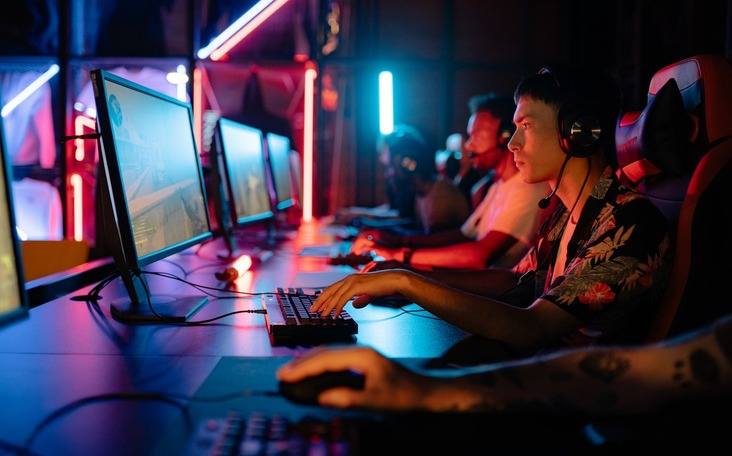James Smith
Passionate about PC gaming, Topgameshub was created to share in the excitement and adventure of gaming experiences. Our mission is to provide in-depth reviews, guides, and discussions without borders or limits. We strive to inspire both avid gamers and newcomers by delivering engaging and expert content in every post.
Boost Game FPS: Settings, Drivers & Smart Hacks
22864 40

Boosting Game FPS: Tricks for Smooth Play
Modern games often demand significant hardware resources, but not every player can afford top-tier components. Fortunately, there are numerous ways to improve FPS (frames per second) without buying new gear. Let’s dive into practical settings, driver adjustments, and clever life hacks to help your game run smoother and feel more responsive.
Optimize Game Settings Wisely
Every game comes with a range of visual settings. Adjusting them can have a significant impact on FPS. Start with resolution—lowering it slightly can give an instant boost. Reduce graphics options such as shadow quality, texture detail, anti-aliasing, and ambient occlusion. While these settings enhance visual realism, they also tax your system. Try to find a balance where visuals still look decent but performance remains high.
Sometimes switching from full-screen to windowed or borderless windowed mode can also affect FPS, depending on the system. Use in-game performance metrics or benchmarking tools to test how changes influence your performance in real time.
Update and Configure Drivers
One of the most overlooked factors is outdated or poorly optimized drivers. Ensuring your system is running the latest graphics and chipset drivers can unlock performance improvements and stability fixes. Driver updates often include optimization patches tailored to specific game releases or engine updates.
In your graphics control panel, configure settings to prioritize performance over quality. Options like power management, vertical sync (V-Sync), and texture filtering can be adjusted to suit your gaming goals—higher FPS versus sharper visuals.
Tweak System Settings and Background Apps
Your operating system can also play a role in game performance. Disable unnecessary background processes and startup programs that consume memory and CPU. Set your power plan to “High Performance” and ensure no heavy updates or downloads are occurring while gaming.
Clean up your storage drives—especially if your game is installed on an HDD. Defragment regularly or better yet, move your game files to an SSD for faster load times and better responsiveness. Also, consider disabling visual effects in your operating system for a leaner, game-focused environment.
Hidden Tweaks and Lesser-Known Hacks
There are subtle tricks many gamers overlook. Disabling hardware acceleration in browser or messaging apps can free up valuable system resources. Adjusting page file size (virtual memory) manually may also help in cases where RAM is limited.
Additionally, use third-party software to limit frame rendering ahead of time or unlock hidden GPU profiles. Some tools allow you to fine-tune memory allocation, force specific display refresh rates, or even increase system responsiveness by trimming driver latency.
In-Game vs. External FPS Control
Some games have built-in frame limiters, which can be helpful to stabilize performance and reduce thermal load. However, using external FPS capping tools can sometimes yield better results. It’s worth experimenting to see what provides the smoothest feel, especially if you’re aiming for consistent frame pacing rather than the absolute highest number.
Technical Snapshot:
- Target FPS: 60–144 depending on monitor
- Best Settings to Lower First: Shadows, Anti-Aliasing, Reflections
- RAM Usage Threshold: Stay below 85%
- VRAM Sweet Spot: Avoid exceeding 90% to prevent stuttering
The Magic of Maintenance and Monitoring
Sometimes, consistent high FPS comes down to habits. Regularly clean your PC from dust to avoid thermal throttling. Monitor temperatures using reliable software and ensure fans are working efficiently. Keep your system cool, and your hardware will reward you with steady performance.
Also, track FPS across different games using monitoring tools. Understanding your system's baseline performance will help you identify changes or degradation early, allowing for timely fixes.

Emily Rodriguez
